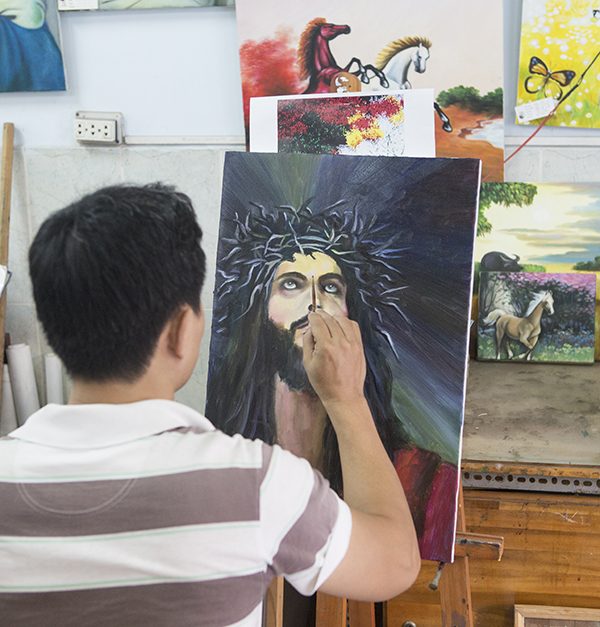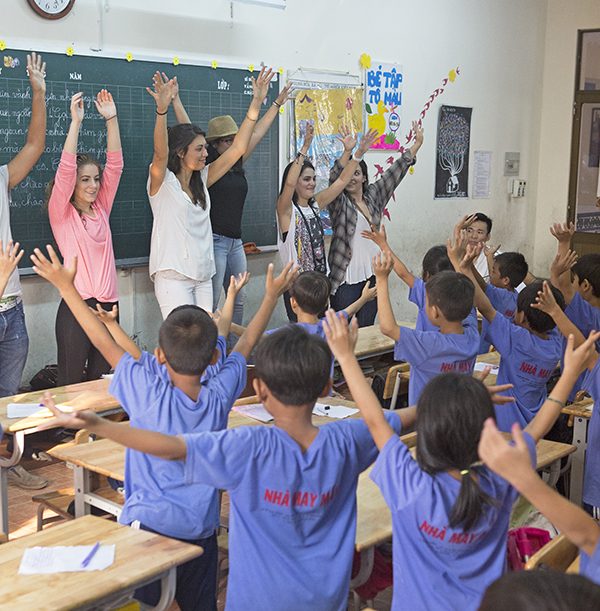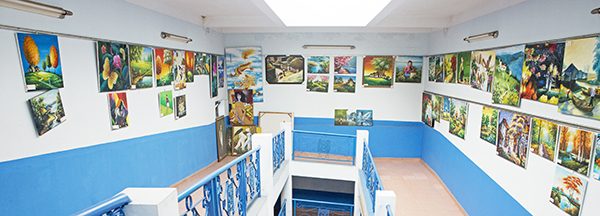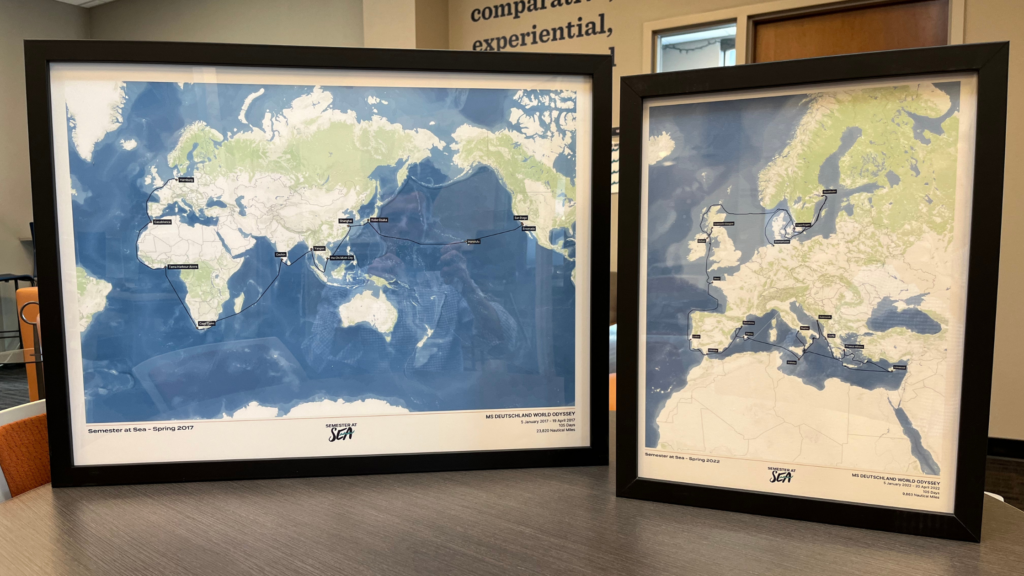During the Spring Voyage’s stop in Ho Chi Minh City, professor Krista Wiegand from the University of Tennessee took her Politics of Developing Areas class to Maison Chance, an NGO that provides housing, health care, education, and vocational training to under-privileged children and disabled individuals. The assignment? Observe the organization and write about how the visit relates to what the students have learned in class. Read the following from University of Virginia student Connor Smith to see what he is learning on the ship and how it relates to the class trip to Maison Chance.

The trip to Maison Chance was unique in that it produced a very diverse range of personal emotions and outlooks. I left the NGO feeling both saddened but encouraged, distraught but thankful. I learned a great deal from the experience and truly believe that it was a good compliment to the knowledge from the course. My goal in this assessment is to apply those experiences and observations to the discussions and readings from class. I will start by briefly discussing the state of Vietnamese economy and the related points from Sachs and Collier, then describe my observations, and then connect the two.

Many describe the Vietnamese economy with hesitant optimism. Certainly not in abject poverty, Vietnam enjoys a GDP growth rate of 5.98%, which is about average for a developing state (Vietnam Wikipedia page). With a population of approximately 90.7 million, the nominal GDP rate is at $2,073 (Vietnam Wikipedia page). Make no mistake; this number is very low and still considered by most standards to be a poor country. However, Vietnam has been placed on a number of lists such as the Next Eleven and the CIVETS, which reveals a country that is slowly climbing out of abject poverty into the world of a developing state. Jeffrey Sachs in his book, The End of Poverty: Economic Possibilities for Our Time, writes, “I propose a new method for developmental economics‚Ķto underscore the similarities between good development economics and good clinical medicine” (Sachs, Chapter Four). Paul Collier, in his book, The Bottom Billion, focuses on countries where “their distinctive feature is that they got caught in one or another of the [development] traps” (Collier, 6). Sachs suggests that a country have a very specific plan when it comes to planning to launch out of poverty. Collier names a number of traps to be aware of when seeking to alleviate poverty. Vietnam has lined up with both goals, namely that it had a plan to alleviate poverty and also avoided many of the traps discussed by Collier. In 1987, the economy opened up with the main agent of growth coming from foreign direct investment (FDI). The draw for this FDI was the positive work ethic and skilled labor of the population.

At Maison Chance, I was able to see first-hand the micro-solutions implemented as it relates to both Sachs and Collier. I observed that the main goal of the NGO was productivity, not survival. The men and women with disabilities were being trained in specific skills to become more productive employees. As opposed to solely providing living means, the NGO seeks to improve the prospects of these individuals’ futures through training and education. I also saw the level of precision with which these men and women practiced their skills. The artwork was stunning and the productivity of the bamboo workers and cloth workers was commendable. It became clear in the short time we were there that the men and women worked hard and efficiently. For example, one painter told us that the painting on which he was working, looking to be almost finished, was started not a week before we got there. This served as a clear anecdotal example of the efficiency of the labor. Lastly, the facilities were well maintained, which was clear from the fact that the basketball hoops had nets on them. A sure sign of a well-maintained building is the presence of real nets on the hoops. Furthermore, the classrooms were clean and organized, albeit lacking in a lot of the materials present in American classrooms.
These observations revealed a couple of signs that this NGO was a good picture of the Vietnamese economy as a whole. First, the work ethic and emphasis on education was clear which was one of the reasons why foreign investors were drawn to the country in the first place. Furthermore, the men and women at Maison Chance absolutely adore the Swiss woman who founded the NGO. This shows that foreigners are taking an interest in the state of the Vietnamese economy. Lastly, these observations revealed that these men and women, should they continue to be trained and skilled in their labor, will be given an opportunity to be productive members of the socialist market economy of Vietnam. I believe that my observations at Maison Chance were good indications of the nature of Vietnamese development as a whole and hope that the men and women that are a part of this community will continue to enjoy the fruits of their labor.

Photos by Evan Meyer
For more information on Maison Chance, please visit www.maison-chance.org



